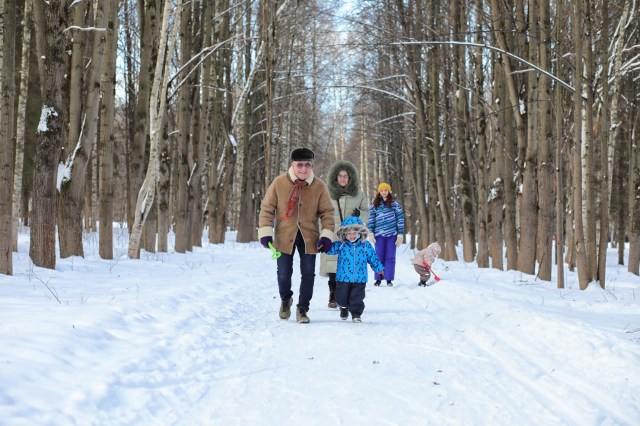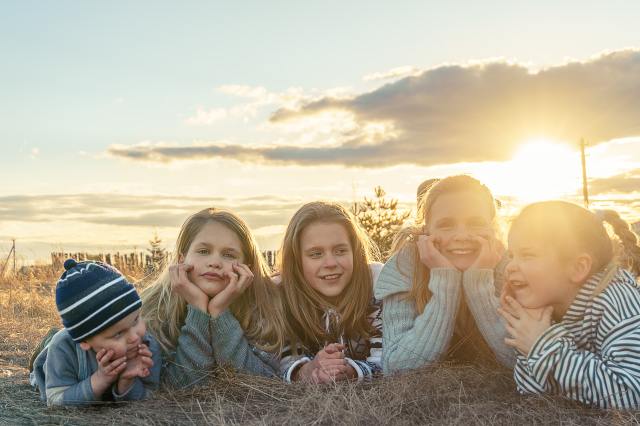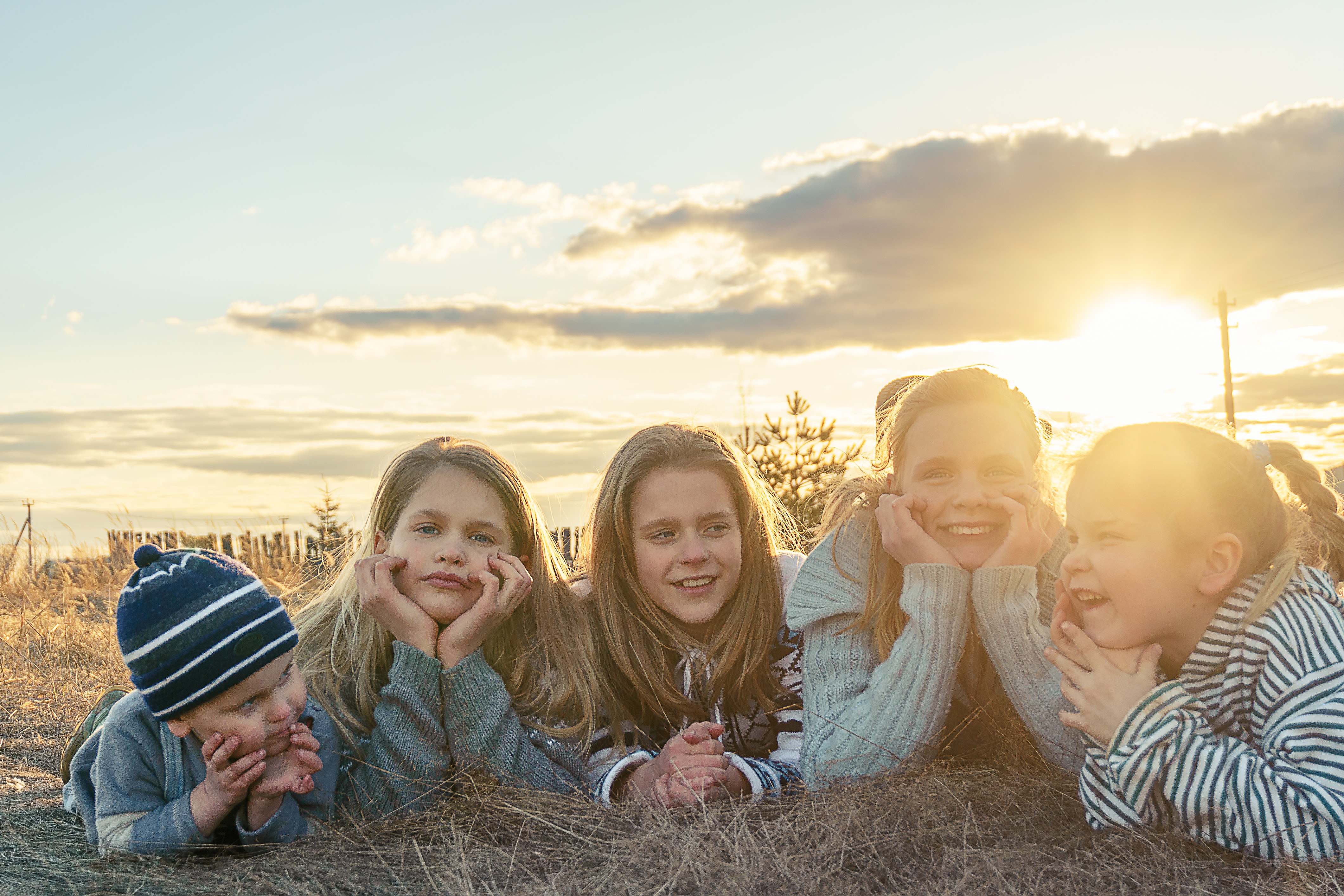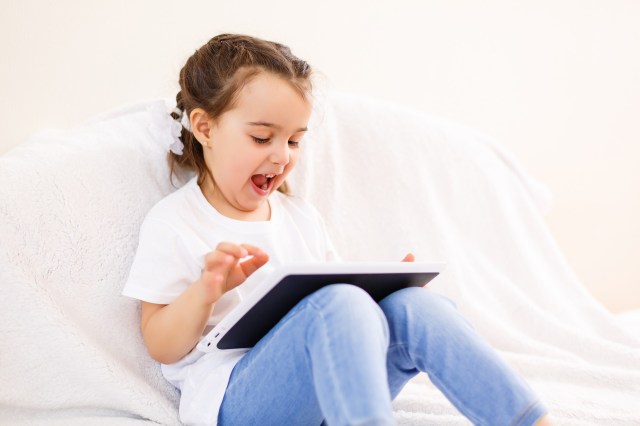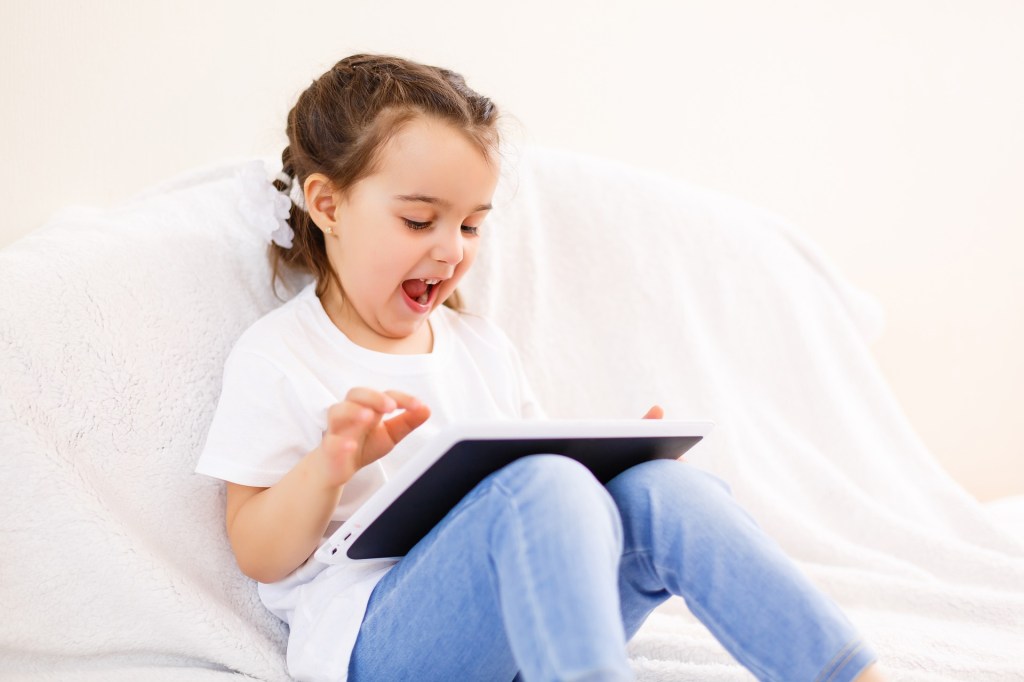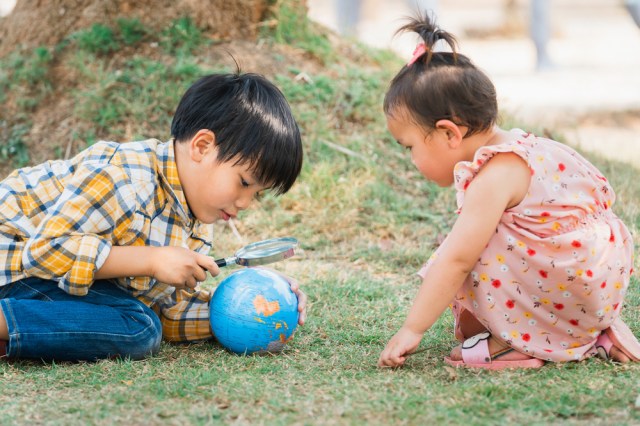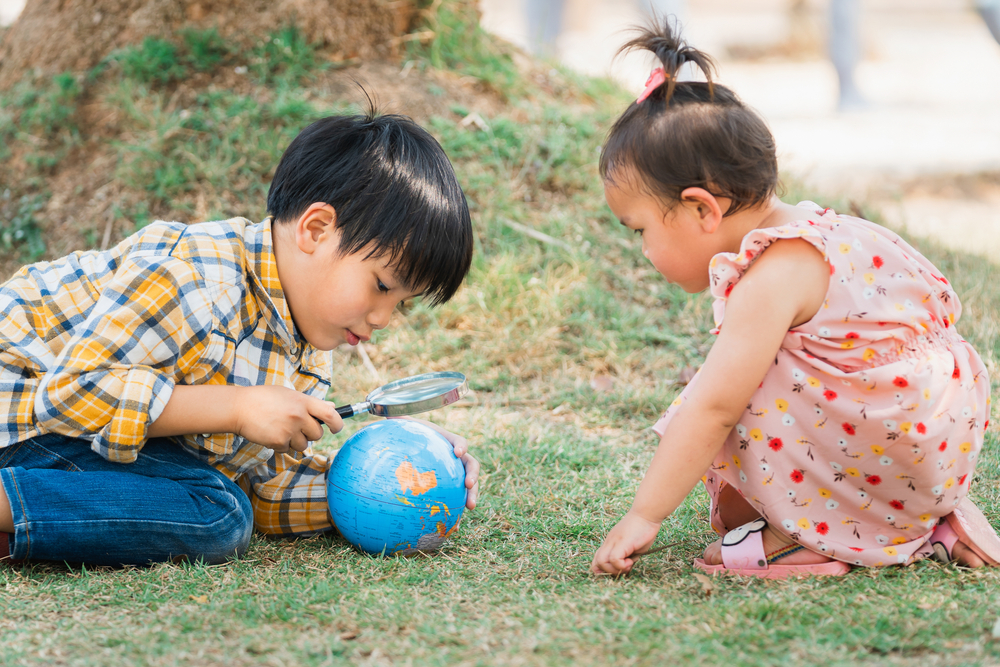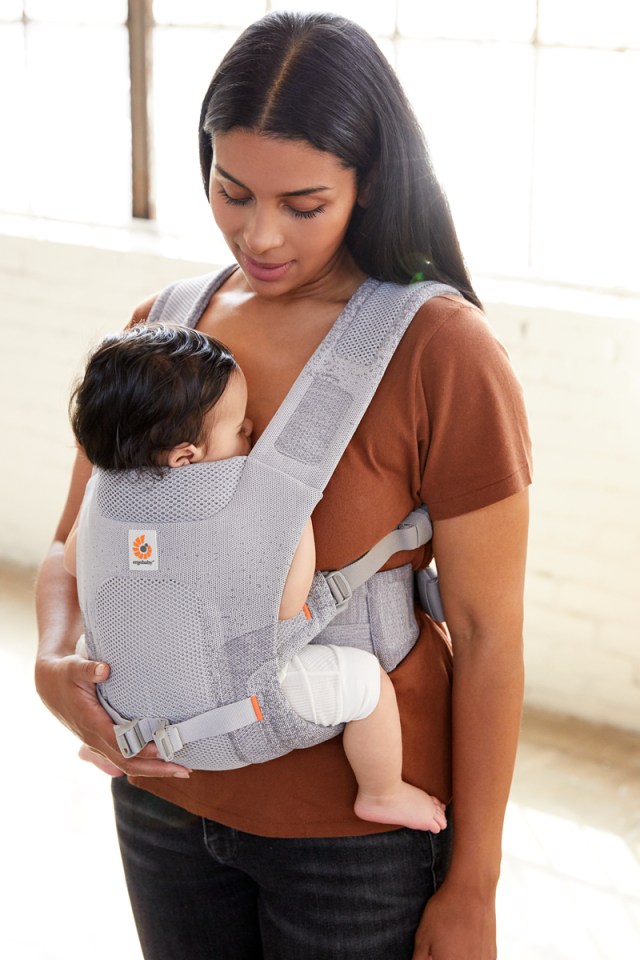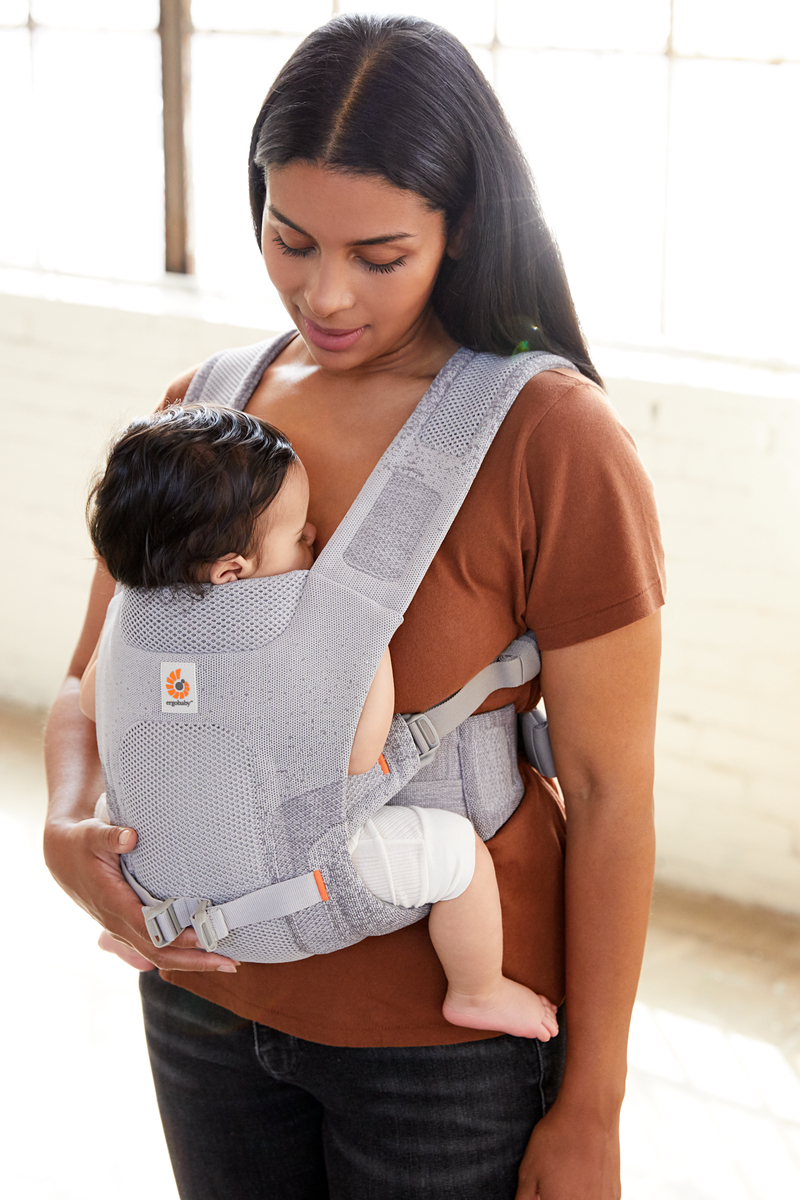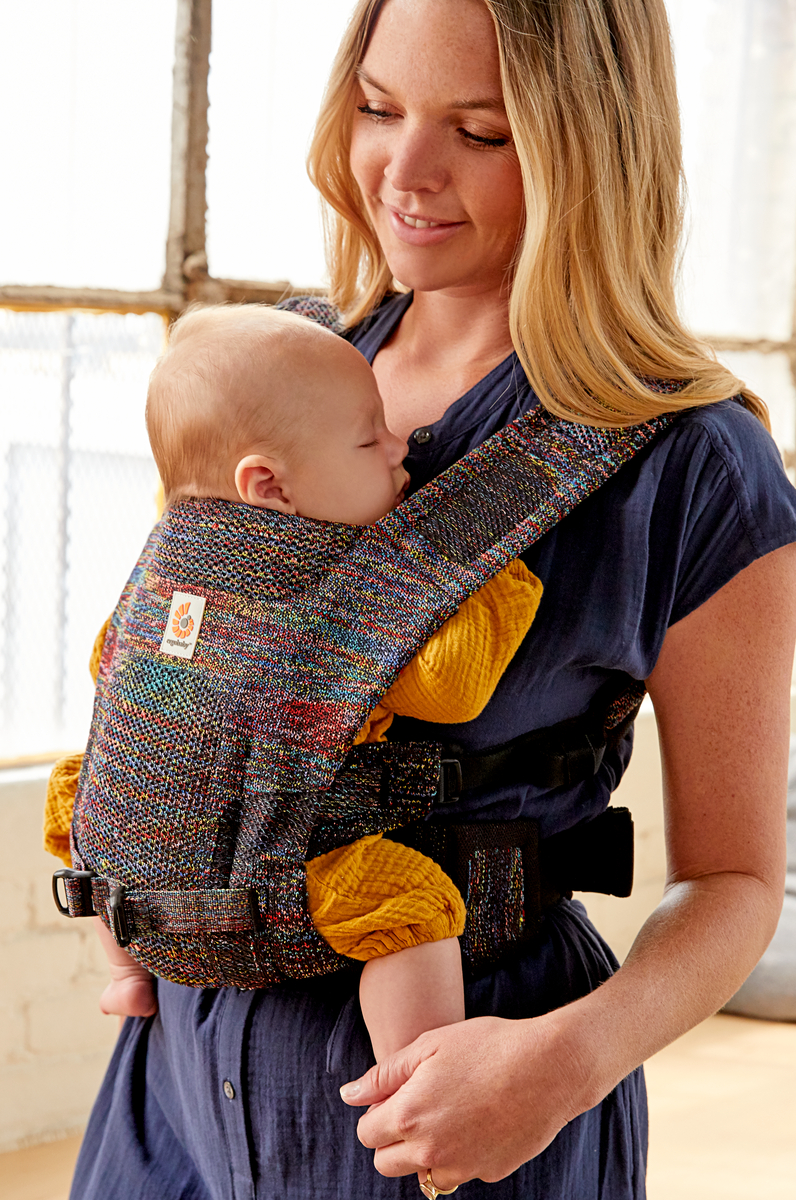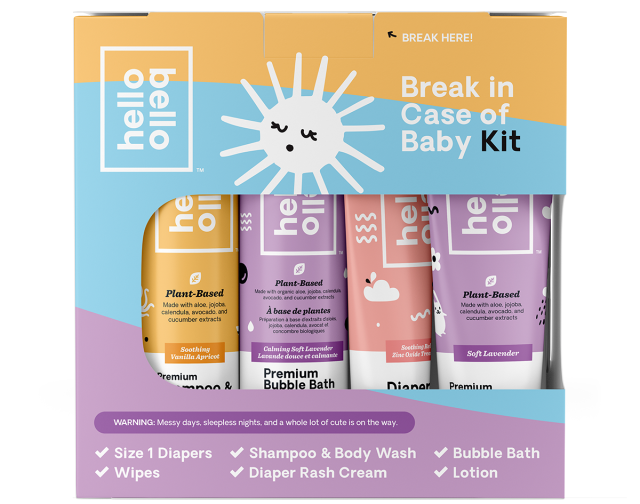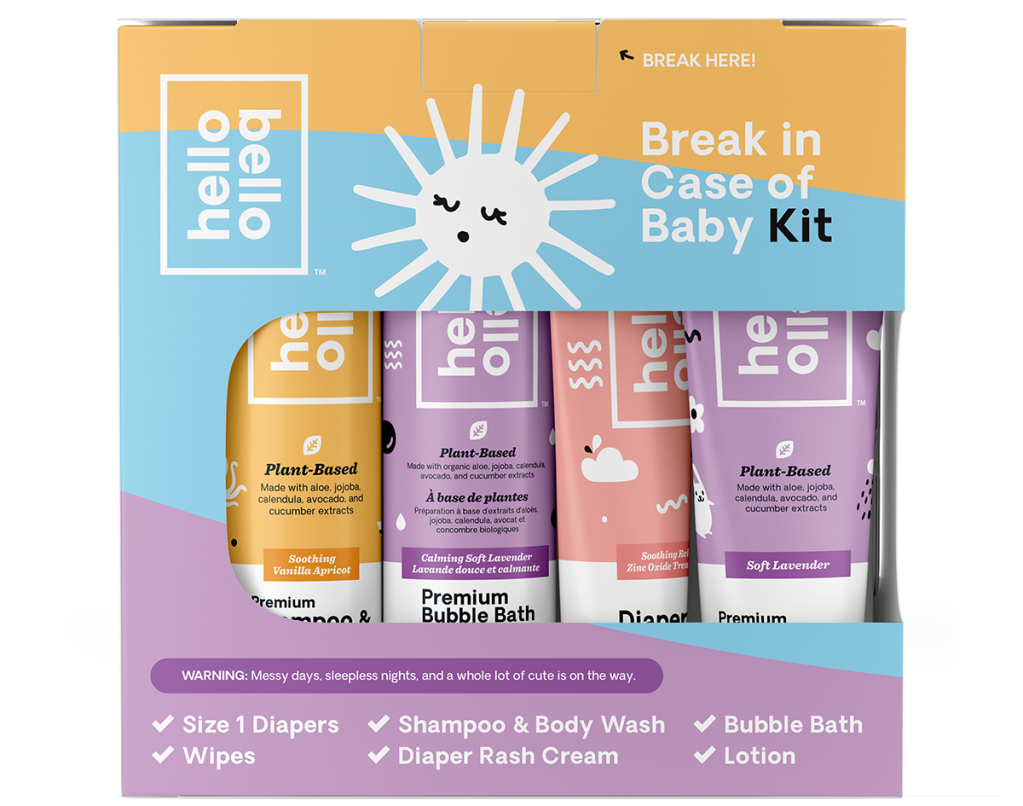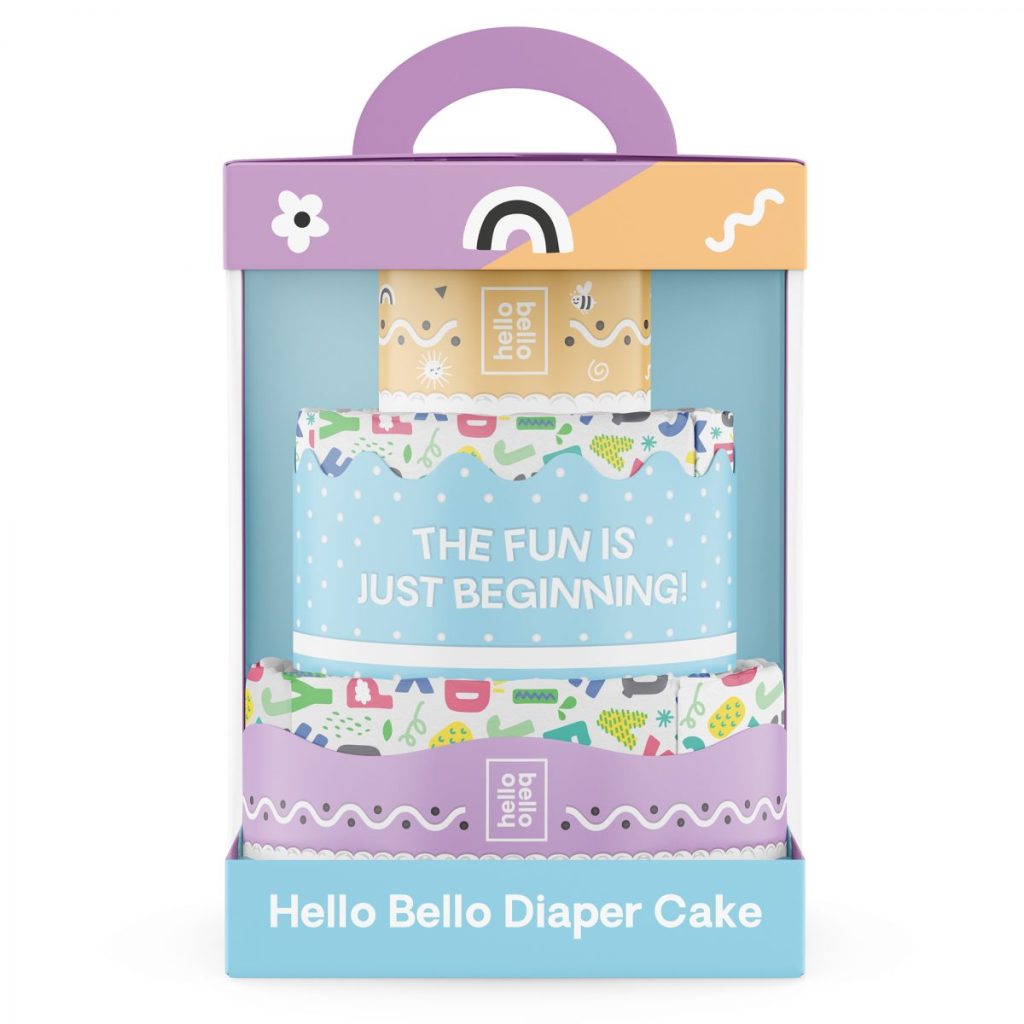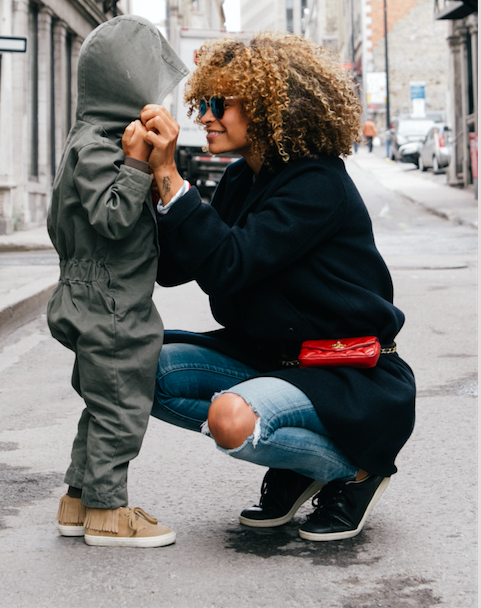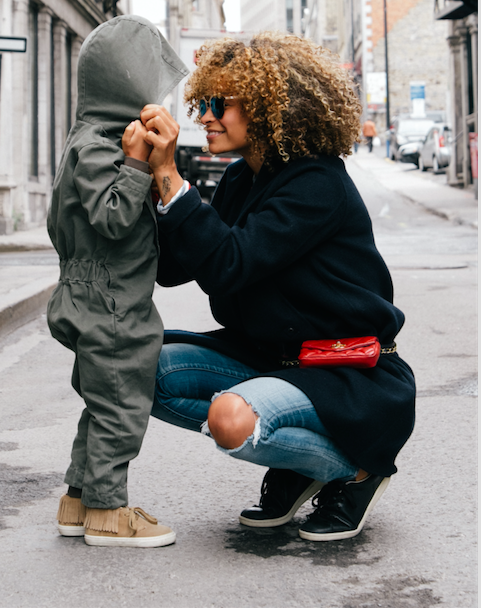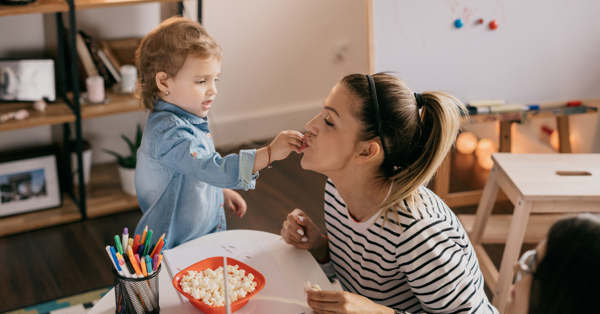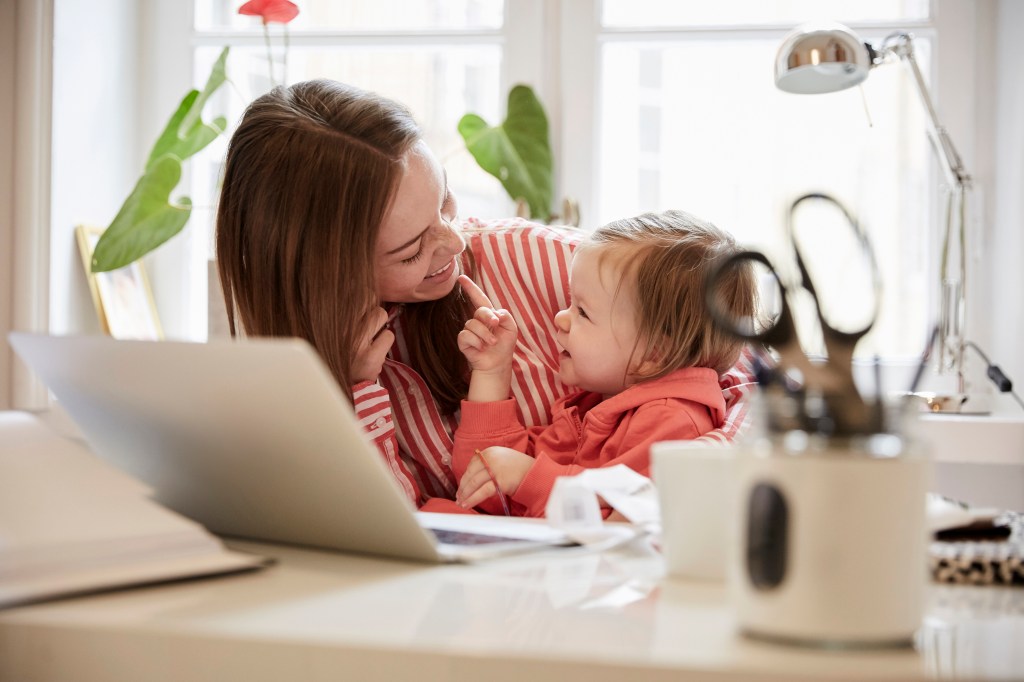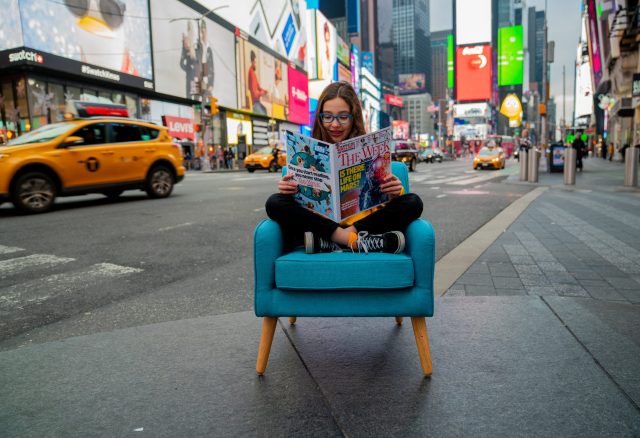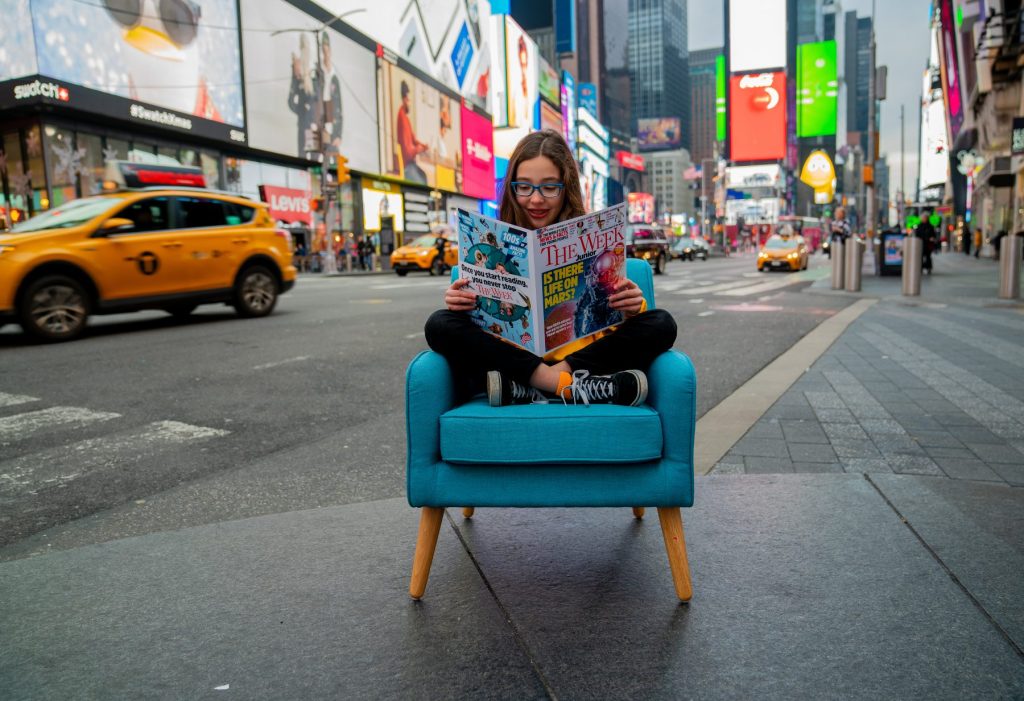No matter where you grew up, you likely had a unique family tradition around the holidays, from special dinners to sledding to holiday movie marathons. This year, start a tradition of your own, with one of our 10 easy (and low cost) ideas to help you connect as a family, broaden your horizons, and give back to your community. Scroll down to get inspired.
1. Host a Cookie Part (IRL or Online)
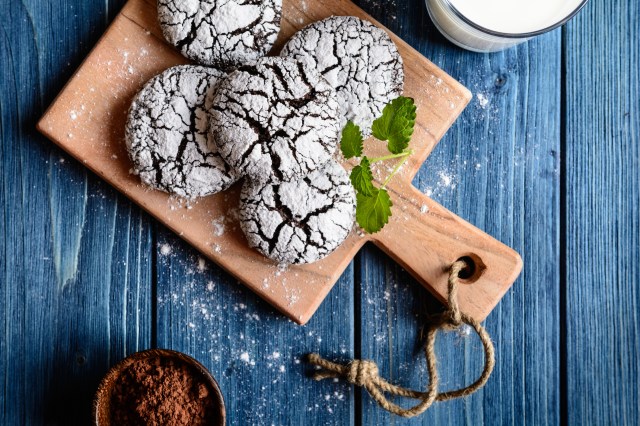
What’s better than baking cookies? Eating cookies other people have baked! This year organize a cookie swap. To keep it pandemic proof, consider a couple of alternatives to the in-person exchange.
- Have everyone participating bake on a specific weekend, and then pick a time to drop the cookies off at respective houses, or find an outdoor spot to make the switch. You still get the benefit of all of the different recipes and can create cookie gift baskets the teachers will love.
- Gather your ingredients and a handful of families or relatives and host a virtual cookie-making party! You can choose a specific recipe or two, and share it around in advance. Make sure everyone is set up to start with ingredients and a preheated oven at the start of the call, and get baking. As the host, you can lead the step-by-step but keep it light and casual. For little kids, one recipe is plenty. If you have older kids or you want to do a mom-night, take turns sharing tips and tricks as you dedicated a couple of hours to baking together.
Looking for delicious inspiration? Check out our top 50+ recipes here.
2. Make A Gift
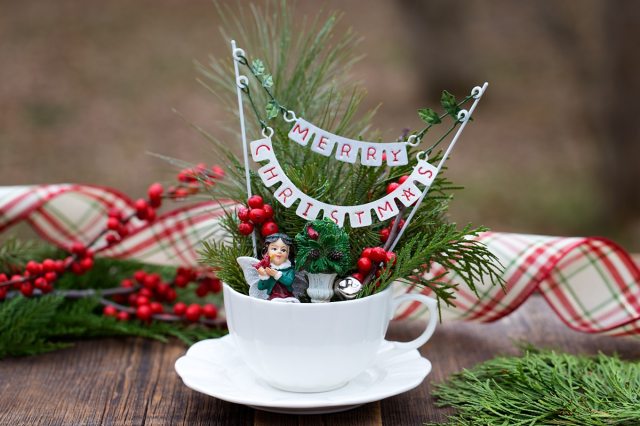
If making gifts for everyone on your list sounds daunting, pick one person to make one gift for. Here are 41 ideas to get you started (and we promise, they are easy and useful!).
3. Take a New Year’s Day Hike
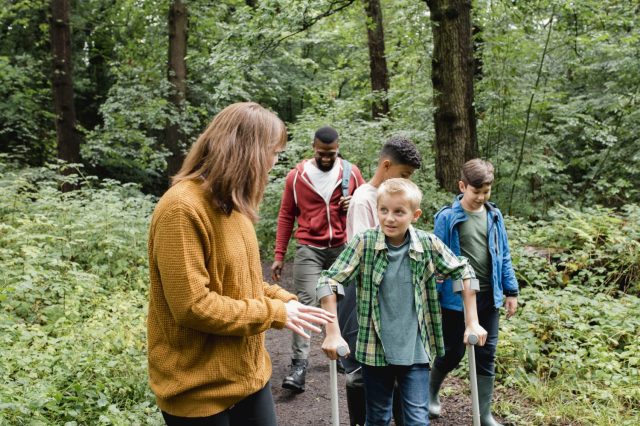
Don't spend all day indoors—take a hike together! It doesn't have to be on NYD either, you could make it a new Christmas Day tradition, an annual Solstice event or any day you'd like.
4. Or Try a 5K
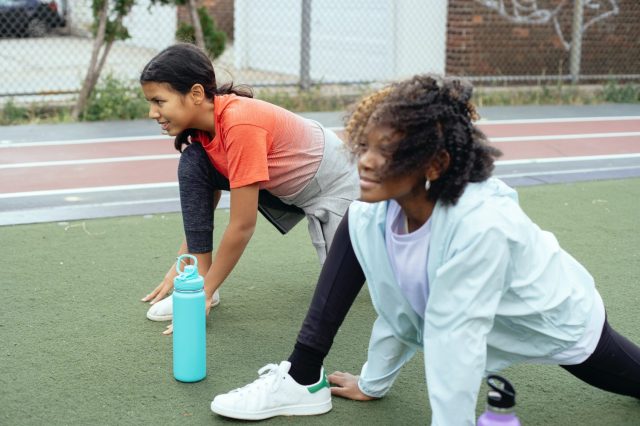
Sign up for a local outdoor race, join a virtual race online, or organize your own. All you need are Santa hats to make it holiday-themed. If the weather is icky, you can do it on a treadmill, just have each family member clock their time and record it all down with times to beat next year. And remember, walking, skating, or even biking can all count.
5. Write a Gratitude List
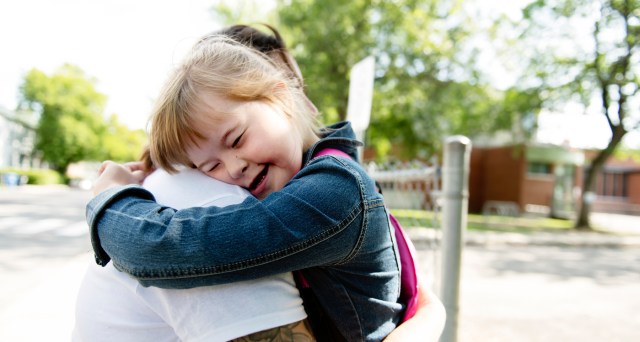
2021 has been a mixed bag. Many of us finally got the chance to see loved ones, but others are still unable to travel or visit safely. Schools are mostly open, but kids are (mostly) masked.
Don’t keep all your grateful feels for Thanksgiving. The holiday season is the perfect time to make a family gratitude list. Make sure every family member has a chance to write theirs down—better yet, keep it posted somewhere with space to write as the mood strikes. You’ll likely find some adorable and heartwarming answers written in crayon.
6. Host a Family Game Night with Your Bestie Fam (IRL or Virtual)
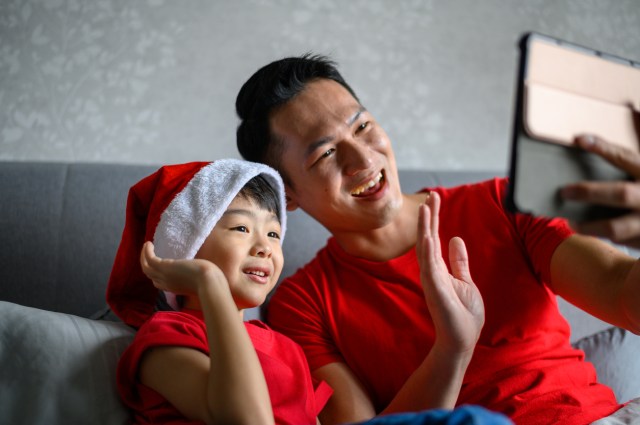
Bust out the Cribbage board (or more like Exploding Kittens) and get together with your bestie fam for a double-family game night. Choose games that don’t take hours to settle (ahem, Catan fans) so that you can keep rotating between different games.
If having a bash outside of your bubble doesn’t feel safe this year, host a family game night with just your family and wear your holiday pajamas as a new tradition.
Looking for some new board game inspiration? Check out this list of the very best games, curated by age.
Or, go virtual! Figure out a plan in advance. There are certain games that lend themselves to virtual play better than others: we love playing drawing games or guessing games like twenty questions. We recently tried out the Anniversary Edition of 5 Second Rule which could easily be adapted to online play. You can also all try something like Houseparty, which does the game hosting for you.
7. Learn About the Holiday Traditions of Others

Parents sometimes get swept up in Santa and presents, but it's always important to respect and remember there are holiday traditions both around the world and in your own neighborhood that might be different than your own. Maybe you're just ditching the Elf on the Shelf and trying out the more inclusive (and less creepy) Reindeer in Here. Whether you're looking to incorporate social justice into this holiday season or trying to expand your child's horizons, learning about the holiday traditions of others is a perfect way to do that. Read a book, try a new recipe and ask your friends, family, colleagues and acquaintances what their holiday traditions are. Check out how winter holidays are celebrated around the world.
Here are a few dates of fall and winter holidays this year:
Diwali (Nov. 4)
Thanksgiving (Nov. 25)
Feast of Our Lady of Guadalupe (Dec. 12)
Hanukkah (Nov. 28- Dec. 6)
St. Nicolas Day (Dec. 6)
Lucia Day (Dec. 13)
Mawlid an-Nabi (Oct. 7-8)
Las Posadas (Dec.16- Dec. 24)
Winter Solstice (Dec. 21)
Christmas (Dec. 25)
Boxing Day (Dec. 26)
Omisoka (Dec. 31)
Kwanzaa (Dec. 26 – Jan. 1)
Three Kings Day (Jan. 6)
Lunar New Year (Feb.1)
Brigid's Day (Feb. 1-2)
Lohri (Jan. 13)
8. Volunteer with the Kids
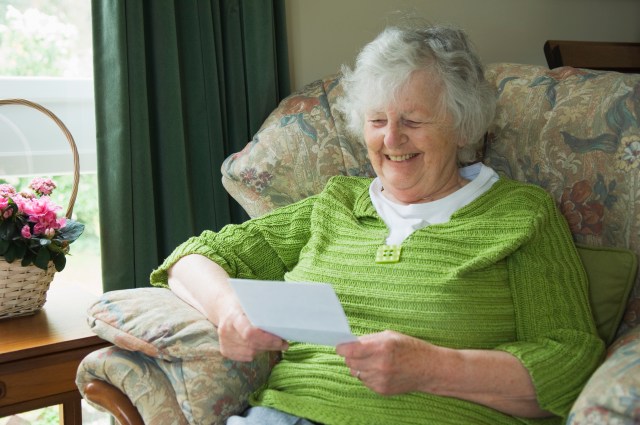
While your family may give back to the community all year round, take time during the holidays to install this as a tradition. But even if you can’t volunteer outside of your home, here are 16 different ways kids and their grown-ups can make a big impact from home.
9. Make an Ornament
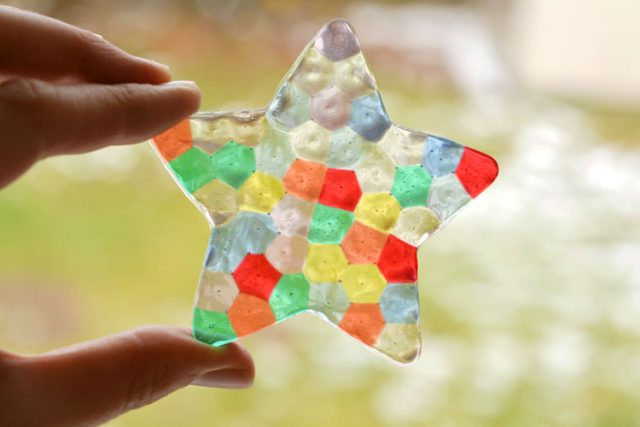
Do this every year and you'll have a tree's worth by the time they're grown. Here are 22 ideas that anyone can make.
10. Read a Book Together
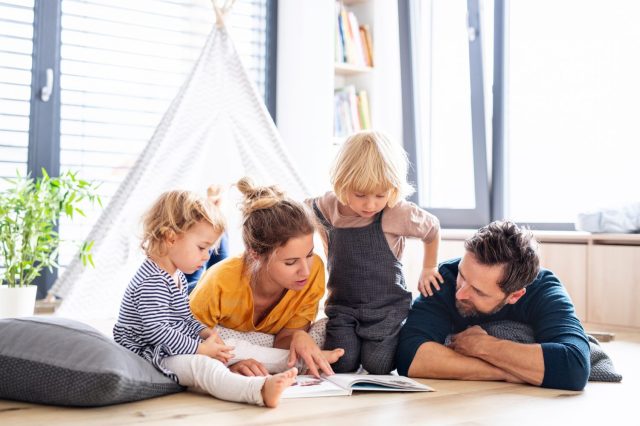
Even if your kids have gotten older and are independent readers, there is nothing quite like reading a book out loud together. Throughout the month of December, choose one longer chapter book and a specific night (or nights) of the week where the entire family switches off their devices and listens to the story together. Make cocoa and get your PJs on to give it that festive atmosphere. Different family members can take turns reading, too. If you prefer, you can do a different shorter book each time, instead. Let each family member choose one.
Peruse this list of more than 100+ books for something that feels just right for your family.
—Amber Guetebier
featured image: Guille Alvarez via Unsplash
RELATED STORIES
10 Ways to Incorporate Social Justice in Your Holiday Season
11 Winter Holidays Celebrated Around the World
The Best Board Games for Every Age & Stage
20 Questions to Ask at the Dinner Table
All the Pie Recipes You’ll Need for the Holidays

